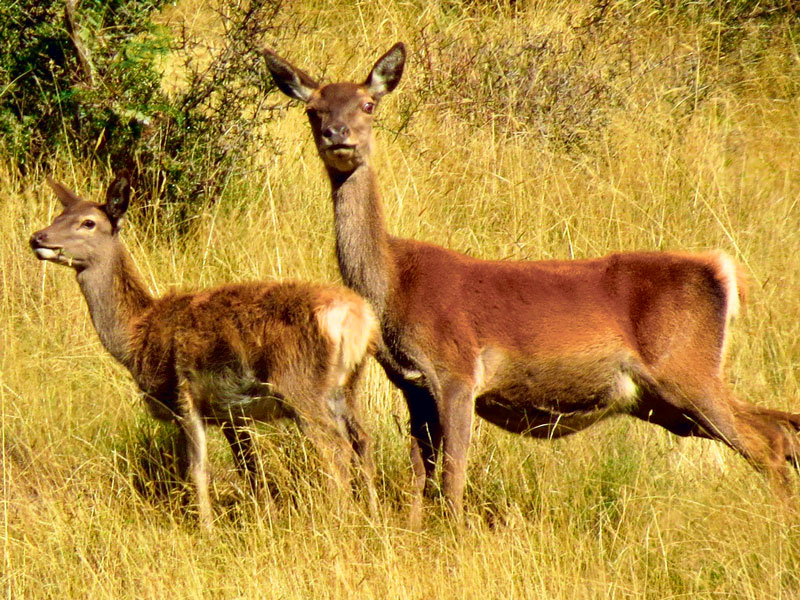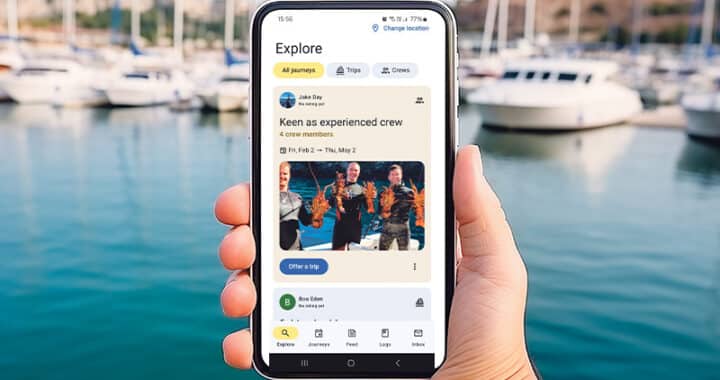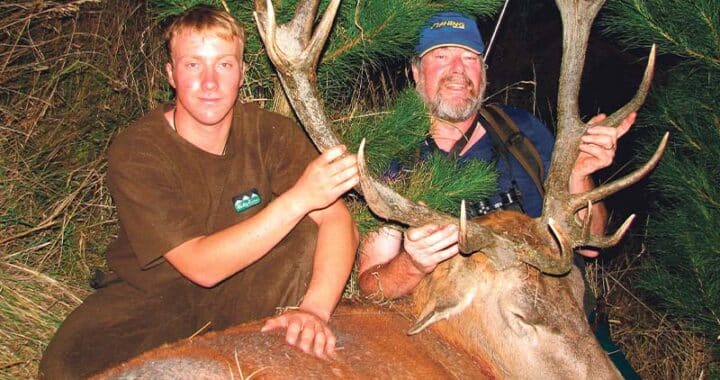Selectively harvesting a deer
3 min read
A hind and youngster Photo: Ben Hope
Hunters usually have a favourite hunting spot and they like to look after it, particularly the deer that live there. A hunter can plan their own game management by way of selectively taking a deer relative to the time of the year. August and September see a reversal from the autumn roar when many hunters are after a stag, especially a trophy. Let me explain further.
This is the time when you can arguably take a hind for the deep freeze. Yes, she may be pregnant from mating with a stag back in late March or early April, but one should bear a thought for her youngster, now a rising one-year-old.
When hinds are giving birth to a fawn, it’s an ideal time for some young tender venison in the form of the yearlings because their mothers giving birth to a new fawn, are ‘booted out of the nest’ to coin a phrase. These young deer are not yet fully wary and are usually easy to get in December.
A friend, who hunts in northern Fiordland just before Christmas for deep freeze venison, noticed the yearlings are small and ill-nourished. Bill reckons that the commercial venison recovery helicopters have taken the mother in the autumn, leaving their five-month-old youngster to face the task of surviving the winter on their own.
The young orphaned deer may struggle to make it through the winter, both physically and psychologically, particularly in rugged environments with harsh winter weather. The result will probably be a slow starving and lingering death for the young deer. If it struggles through to spring, it is likely to be a poor-quality animal.
That is why hinds are better left alone until August, September, and October when their youngster has come through the winter okay and has increasing grass feed with the arrival and onset of spring. There is another reason why it is acceptable to take a hind during August and September and it’s the stags. Around August and September, they cast their antlers and are without one over the next few months.
With no antlers, shooting a stag may mean you’re needlessly killing a trophy animal, which should be left to the autumn roar. With no antlers, you cannot tell. Of course, come November, a hunter should leave hinds, as they are about to give birth or if they have one already, they will have a fawn hidden away. The thought of a young fawn hidden and made motherless and fated to die a slow lingering death by starvation would be a nightmare for any sporting hunter.
Poachers
A couple of years ago, in December, I was on a hunt on a private land. The farmer told me poachers had been there a week or two previously. Not surprisingly, I found the remains of a deer’s guts hidden away in some manuka and then I found a hind’s head. My Labrador scenting, went uphill and there was a dead young fawn. The poacher had shot the hind leaving the helpless fawn to die. I was angry and disgusted at the unthinking cruel act. But then poachers are pretty disrespectful all round anyhow.
Perhaps the poacher sold the ill-gotten hind’s carcass to finance his next pub session to be followed by a night spotlighting? New Zealand hunters are in one way fortunate in that we have no restrictions on hunting, except for getting permission from the landowner (farmer) or administrator e.g. Department of Conservation. There’s no restriction on how many or which deer, be it stag or hind, you can shoot unlike European countries where requirements are strict; some even down to judging the age of a stag ‘on the hoof’.
Ethics
Ethics are important. There are wise words from Aldo Leopold, an American conservationist and hunter and author who said, “A particular virtue in wildlife ethics is that the hunter ordinarily has no gallery to applaud or disapprove of his contact. Whatever his acts, they are dictated by his conscience.”
Where does that lead a hunter in their hunting. They make their own judgement. I personally don’t shoot adult hinds at all because I don’t see the need in areas that are not over-populated. And there’s no over-population in areas I have hunted. It’s over to the hunter to think before they take a deer. Harvest wisely.



